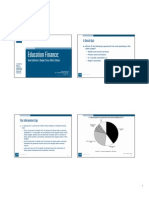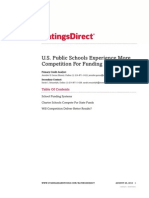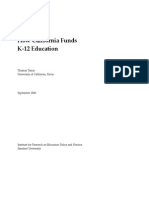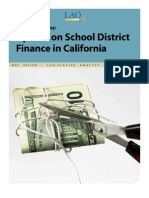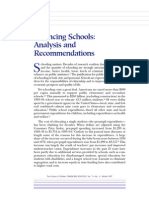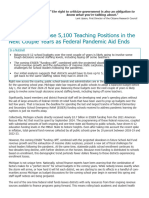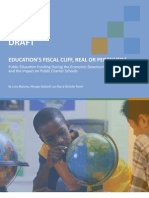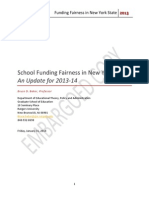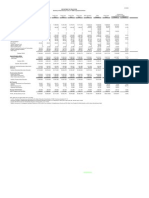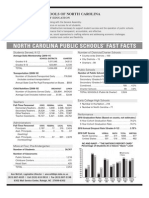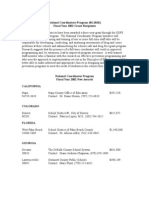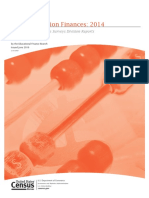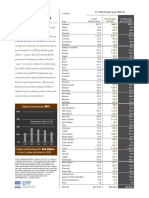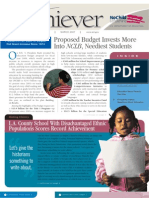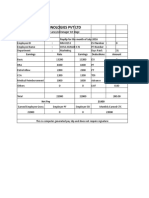0% found this document useful (0 votes)
47 views2 pagesCalifornia K–12 Funding Trends
K–12 funding has been at record-high levels in recent years, and California’s per student spending is now slightly above the national average. Spending is higher for low-income students, English Learners, and foster youth. However, enrollment declines, rising costs, and the expiration of pandemic funding pose fiscal challenges for school districts.
Uploaded by
Charisse CeballosCopyright
© © All Rights Reserved
We take content rights seriously. If you suspect this is your content, claim it here.
Available Formats
Download as PDF, TXT or read online on Scribd
0% found this document useful (0 votes)
47 views2 pagesCalifornia K–12 Funding Trends
K–12 funding has been at record-high levels in recent years, and California’s per student spending is now slightly above the national average. Spending is higher for low-income students, English Learners, and foster youth. However, enrollment declines, rising costs, and the expiration of pandemic funding pose fiscal challenges for school districts.
Uploaded by
Charisse CeballosCopyright
© © All Rights Reserved
We take content rights seriously. If you suspect this is your content, claim it here.
Available Formats
Download as PDF, TXT or read online on Scribd
/ 2

